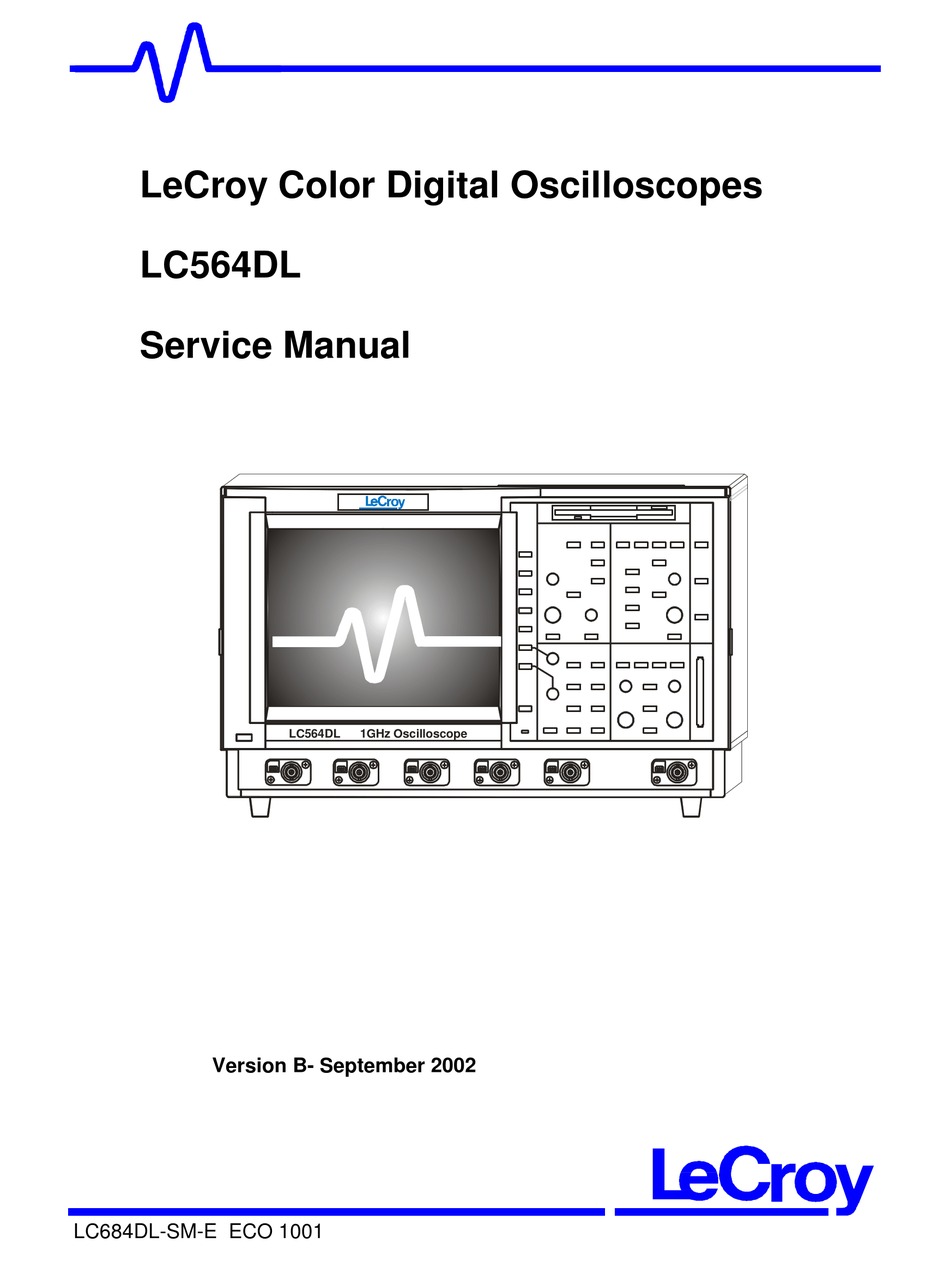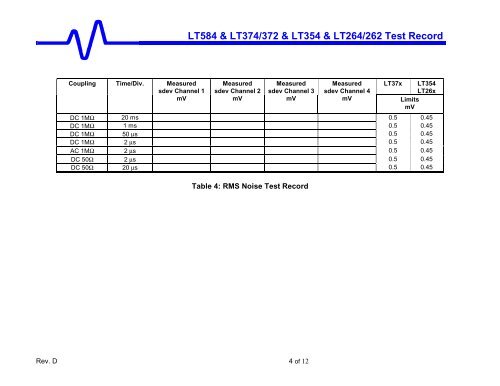
Based on this method, the design range of the inductance and capacitance and the optimal inductance to give the IISBBC the best inner-intrinsic safety performance are obtained. By incorporating the proposed criterion, the optimal design method for IISBBCs that meets the demands of electric and inner-intrinsic safety performance is obtained. The converter is inner-intrinsically safe only when the maximum arc power is less than the critical ignition power and the inductive energy is less than its critical value. The IDD has the strongest ignition capability based on power when the IISBBC is working at its maximum input voltage and minimum load resistance, and it has the strongest ignition capability based on energy when the IISBBC is working at its minimum input voltage and minimum load resistance. According to the minimum ignition curves (MICs) of the resistive circuit and the simple inductive circuit, the expressions describing the IDD ignition capability of the IISBBC in terms of the critical ignition power and the critical ignition energy are derived. Based on this condition, the IDD behavior of the IISBBC is studied. To obtain the optimal design method of the inner-intrinsically safe buck-boost converter (IISBBC), the equivalent circuits for various switching states and operating conditions of the buck-boost converter are studied, and the most dangerous inductor-disconnected discharge (IDD) condition of the buck-boost converter is obtained. Intrinsically safe switching converters are the best choice for low-voltage DC power supplies in explosive environments (such as coal mine). The presented work facilitates a detailed view on the complex physiochemical mechanisms dominating ignitions of explosive gas mixtures by low-energetic electrical discharges. One important influencing factor is the three-dimensional flow induced by the discharge, effectively increasing the experimental scatter. The numerical results indicate at lower energies a longer time delay between source time and ignition, during which loss processes and perturbations may lead to extinction.

By utilizing the combined methodical approach of experiments and simulations, the key factors impairing the experimental repeatability are identified. Further, the evaluation of the radial OH distribution reveals the highly stochastic nature of this process if the introduced energy is near the respective MIE. The experiments, carried out at four energy levels close to the respective minimum ignition energy (MIE), show that higher energy input leads to a wider flame radius, which is in agreement with one-dimensional numerical simulations. In the present paper, OH-LIF measurements and numerical simulations of the ignition and early flame propagation of hydrogen/air, propane/air and ethene/air mixtures are reported.

Spark ignition by low-energetic electrical discharges in combustible fuel/air mixtures is a significant safety risk in various industries.


 0 kommentar(er)
0 kommentar(er)
